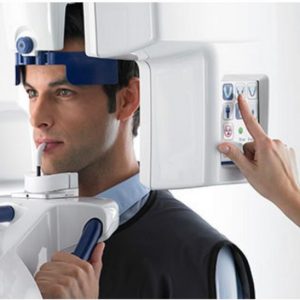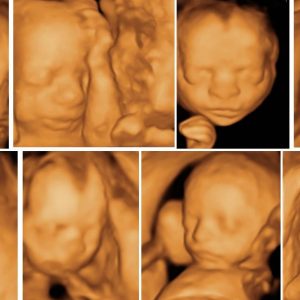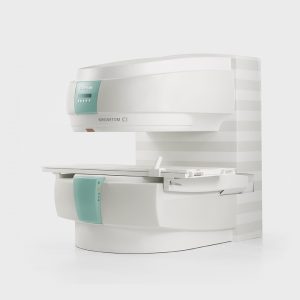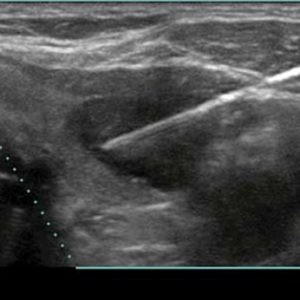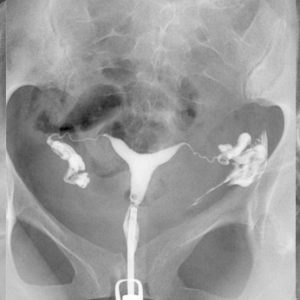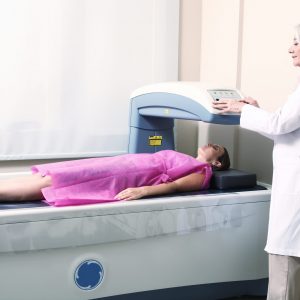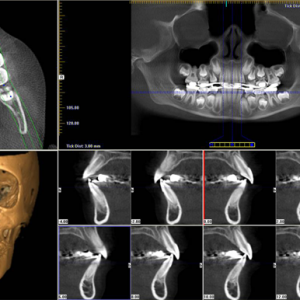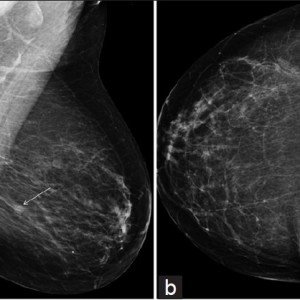Hekimoğlu Görüntüleme Merkezi 1985 yılında kurulmuş olup halen her türlü ulaşıma oldukça elverişli olan Cerrahpaşa , Çapa , Haseki Eğitim ve Araştırma , İstanbul Eğitim ve Araştırma , Bezmialem Hastaneleri kesişim noktası olan Fatih ilçesi Fındıkzade bölgesi millet caddesi üzerinde 71 numaralı binasında bulunmaktadır.
Hekimoğlu Görüntüleme Merkezi , Uzm. Dr. Abdullah Cevahir yönetiminde profesyonel, dinamik ve güleryüzlü personeli ile ileri teknoloji cihazlar kullanarak tıp ilkelerine saygılı, bilimsel ve sağlıkta kalite anlayışından ödün vermeden Fındıkzade bölgesinde hizmet vermeye devam etmektedir.
Yoğun hasta trafiği olan hastaneler ve merkezlerde uzun zaman ayırılarak yapılması gereken görüntüleme hizmetlerine bile çoğu zaman yeterli zaman ayırılamamaktadır. Hekimoğlu Görüntüleme Merkezi inde ileri düzey görüntüleme hizmetleri butik sağlık hizmeti anlayışıyla her tetkike yeterli zaman ayırılırak yapılmaktadır.
Hekimoğlu Görüntüleme Merkezi nde yapılan radyolojik incelemelerinizin sonuçlarını aynı gün içerisinde alabilirsiniz.
Hekimoğlu Görüntüleme Merkezi ndeki cihazlara ait Sağlık bakanlığı ve Türkiye Atom Enerji Kurumunun gerekli gördüğü ruhsatnamelerin tamamı eksiksiz olarak mevcuttur.



 Türkçe
Türkçe İngilizce
İngilizce Arapça
Arapça
